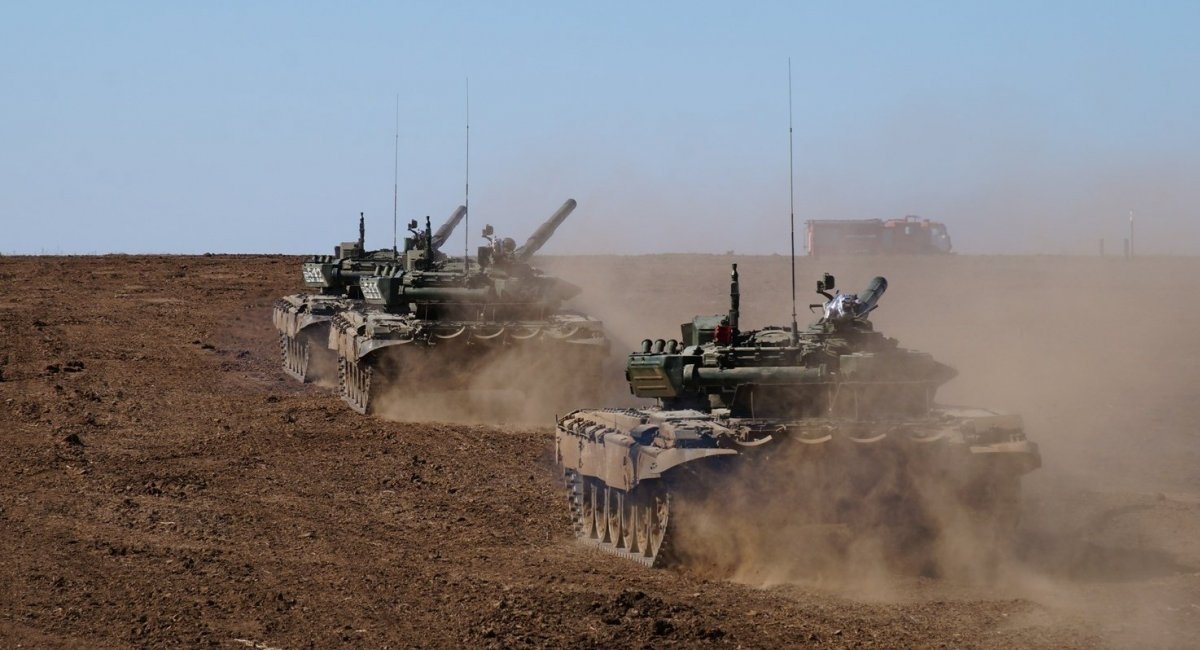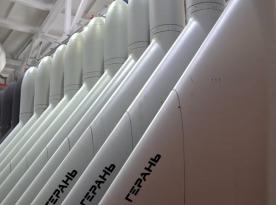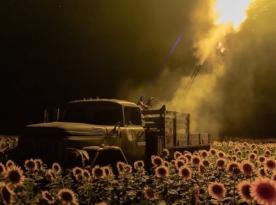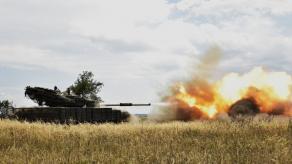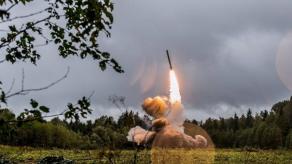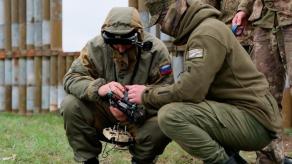During the war, the russian invaders lost at least 250 T-72B3 tanks of both newer (2011) and older (2016) variants, and at least 100 out of these became trophies for the Armed Forces of Ukraine. The reasons why the occupiers so often abandoned their T-72B3 on the battlefield are quite simple: poor training of the crews and structural defects of the tanks themselves.
The issues with the T-72B3 were highlighted by Mykola Salamakha, a military expert and reserve lieutenant colonel of the Armed Forces of Ukraine. This was another topic discussed at his interview with Serhiy Zhurets, the director of the Defense Express information and consulting agency, during a joint project of Defense Express and the Espreso TV channel.
Read more: Military Expert Explained Why russians Failed With Their "Terminator" Tank Support Vehicles
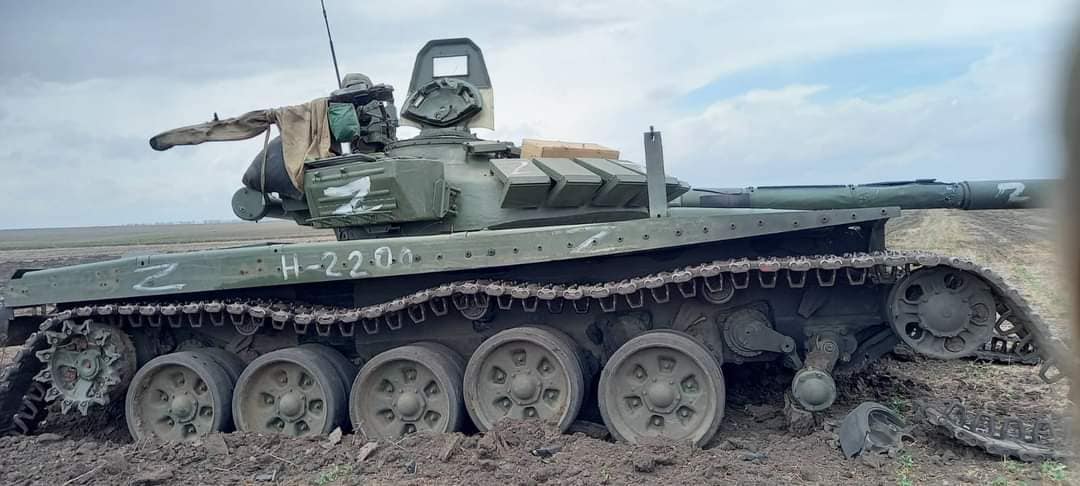
In particular, as Salamakha says, during the development of the T-72B3 2016-model, the russians managed to increase the mobility and protection of this vehicle, but on the other hand, they could not change the layout of the tower so as not to weaken the protection from above.
Thus, instead of the old TPN-1 night sight to the left of the main sight, they installed the Belarusian-French "Sosna-U". Although "Sosna-U" is a good sight, it is placed so badly that the gunner in the tank constantly has to be in an uncomfortable position and look back sometimes to observe the battlefield. Consequently, the spine and neck muscles are tense all the time.
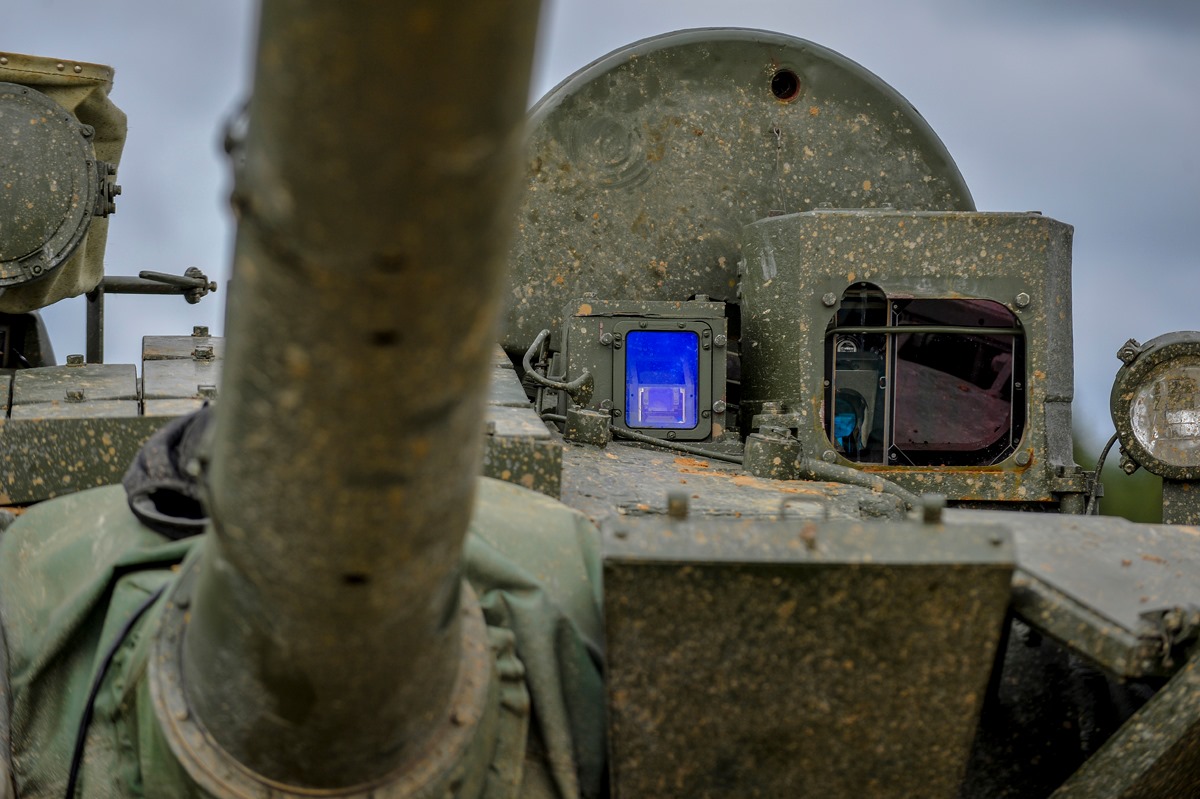
Another important technological nuance: the 1A40 main sight on the T-72B3 tank is analogue, but the "Sosna-U" is digital. You cannot switch on both of these sights at the same time, because they begin to interfere with each other, and in that case the T-72B3 essentially loses its ability to function as a combat vehicle.
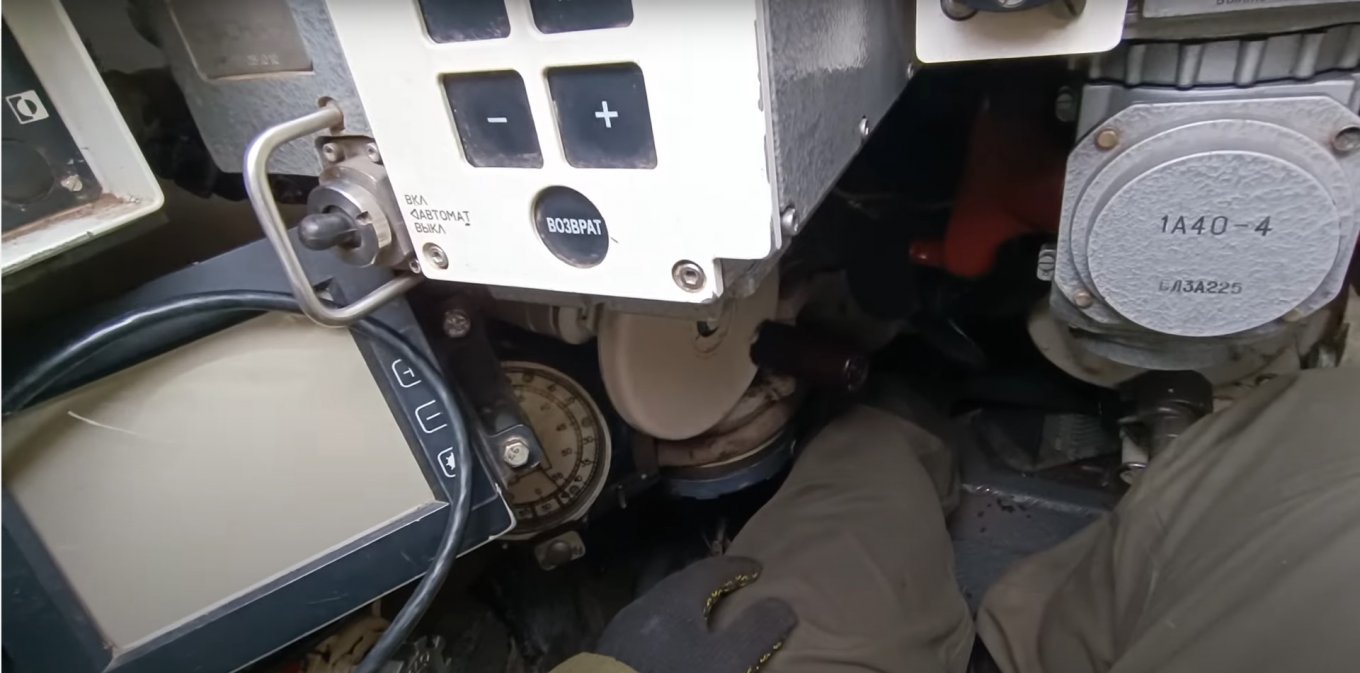
russian defense industry designers made the T-72B3 of the 2016 model the way which can be only described by the phrase "woe from wit". That is, the vehicle is quite difficult in real use. At the same time, commanders of lower-ranking tank units did not properly train their subordinates. That is why, for example, in none of the abandoned T-72B3 Ukrainian soldiers found any technical documents on how to control the combat vehicle, although it is impossible to keep all the knowledge for controlling this tank in one's head.
Last but not least, while the T-72B3 can fire only 2 aimed shots in 20-25 seconds of combat, its "rivals'' such as the T-64BV or T-80 can fire 3 shots each. The combination of these factors led to the fact that russian occupiers simply left their T-72B3s behind on Ukrainian battlefields at the first opportunity.
Read more: Ukraine’s T-64BM Used As an Artillery Gun Strikes the Occupiers (UAV Video)




